
African birds in Tanzania
Tanzania is a veritable paradise for birdwatchers and nature lovers. With an incredible diversity of habitats, from vast savannah plains to lush rainforests and deep lakes, this East African country offers an ideal habitat for a multitude of exceptional bird species.
In this article, we invite you to discover the ornithological wealth of Tanzania, a unique destination where birdwatching is an unforgettable experience. Whether you’re an experienced birdwatcher or a traveller curious to discover the local wildlife, Tanzania will amaze you with the variety and beauty of its birds.
In the following sections, we will delve into the different aspects of this theme, starting by exploring Tanzania’s varied habitats and their influences on the bird species present. We will then introduce you to Tanzania’s emblematic bird species, as well as the best birdwatching sites not to be missed in the country.
We’ll also give you some practical tips for a better birdwatching experience in Tanzania, including what equipment you need and the best times to admire birds in their natural habitat. Finally, we’ll show you how to enrich your trip to Tanzania by combining birdwatching with other exciting activities such as safaris and treks.
So get your binoculars and your observation book ready, and let’s plunge together into the wonderful world of Tanzania’s birds, for an unforgettable birdwatching adventure!
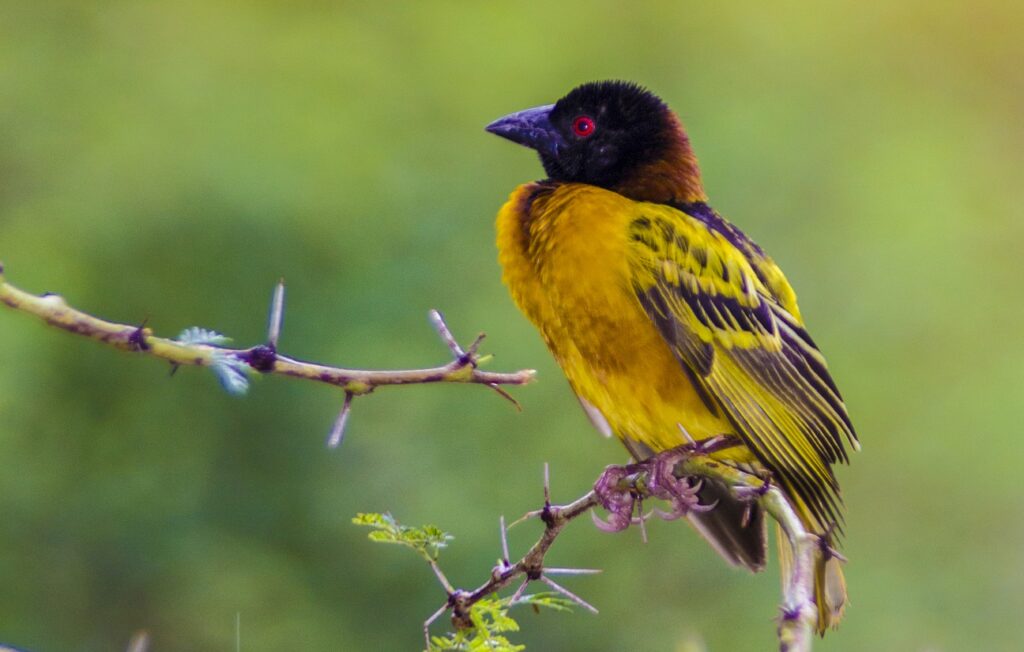
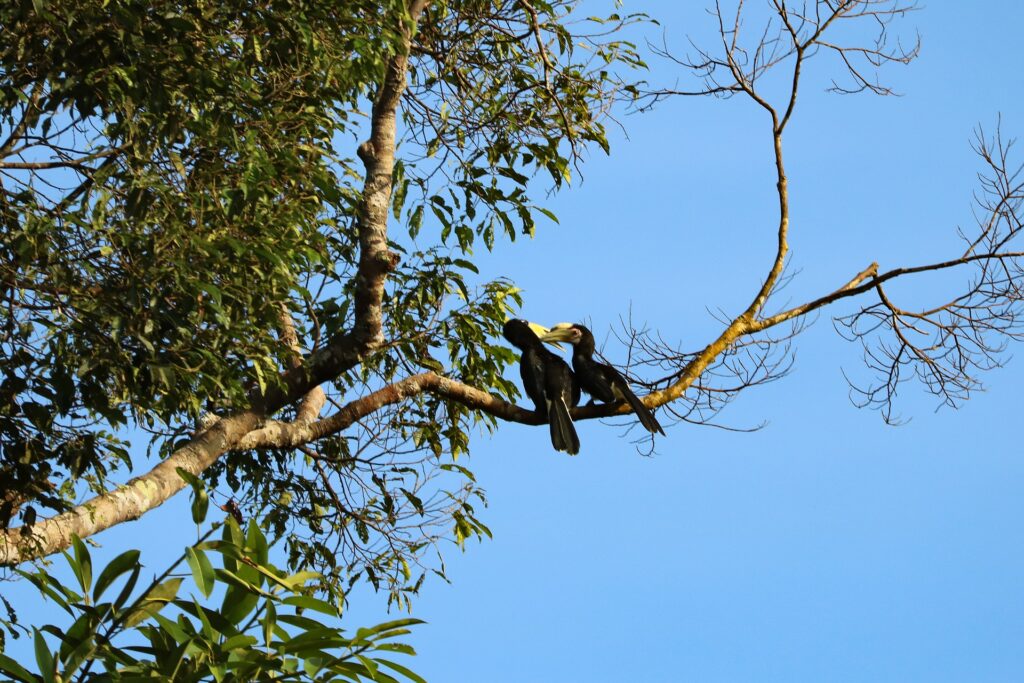
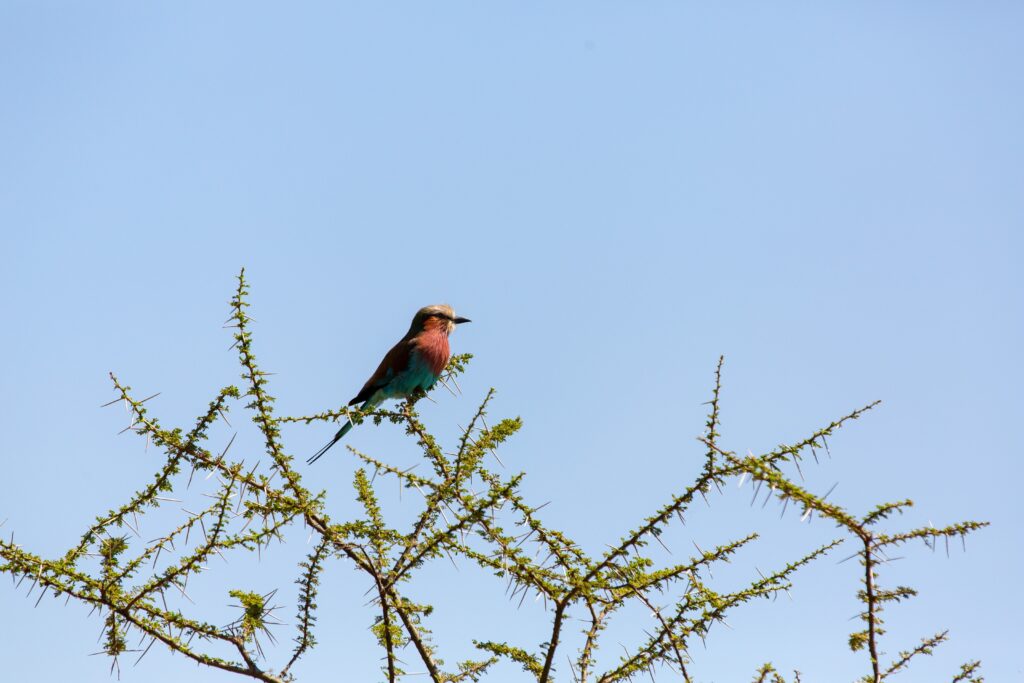
The diversity of habitats in Tanzania
Tanzania is a country renowned for its variety of habitats, offering unique ecosystems conducive to the presence of a great diversity of birds. From the vast Serengeti to the deep lakes of Lake Manyara and Lake Victoria, not forgetting the mountains of the Kilimanjaro protected area, each region of Tanzania is home to specific natural areas that are attractive to birds.
One of Tanzania’s most emblematic habitats is its extensive savannah, which stretches as far as the eye can see and is home to a multitude of bird species. The immense plains of the Serengeti National Park are home to birds such as the common ostrich, the crowned crane and the martial eagle, all majestically in flight.
Tanzania’s rainforests, meanwhile, are a paradise for songbirds, with their melodious songs echoing through the trees. In reserves such as the Gombe Stream Forest Reserve, walkers may be lucky enough to spot colourful species such as the Fischer’s mainate or the purple swallow-tailed turaco.
Tanzania’s lakes and wetlands are also essential habitats for many species of birds, both migratory and resident. The Tarangire National Park is famous for its artificial lake, the Tarangire River, which attracts an abundance of birds, including the pink flamingo, the African spoonbill and the Episcopal stork.
Finally, Tanzania’s mountains and volcanoes provide favourable nesting areas for a variety of high-altitude bird species. Mount Kilimanjaro National Park, with its steep paths leading to the snow-capped peak, is a haven for birds such as the bearded vulture and the spotted duck.
So whether you’re an avid birdwatcher or simply curious to discover the wonders of nature, Tanzania offers you a unique opportunity to explore the varied habitats where a wide variety of birds find refuge.
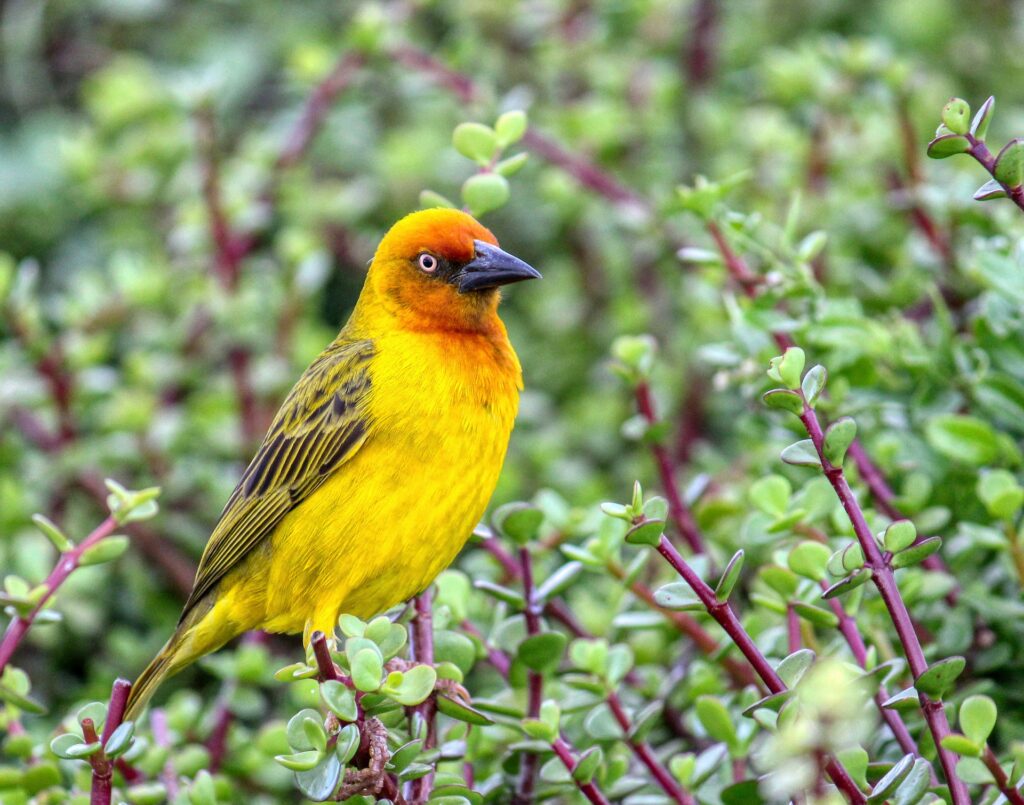
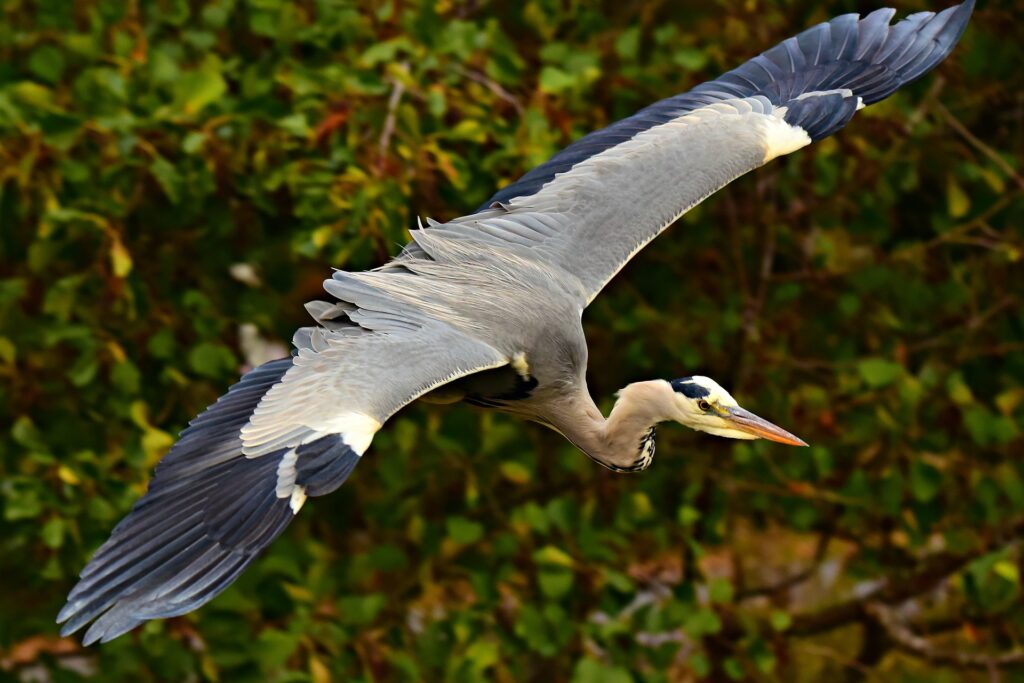
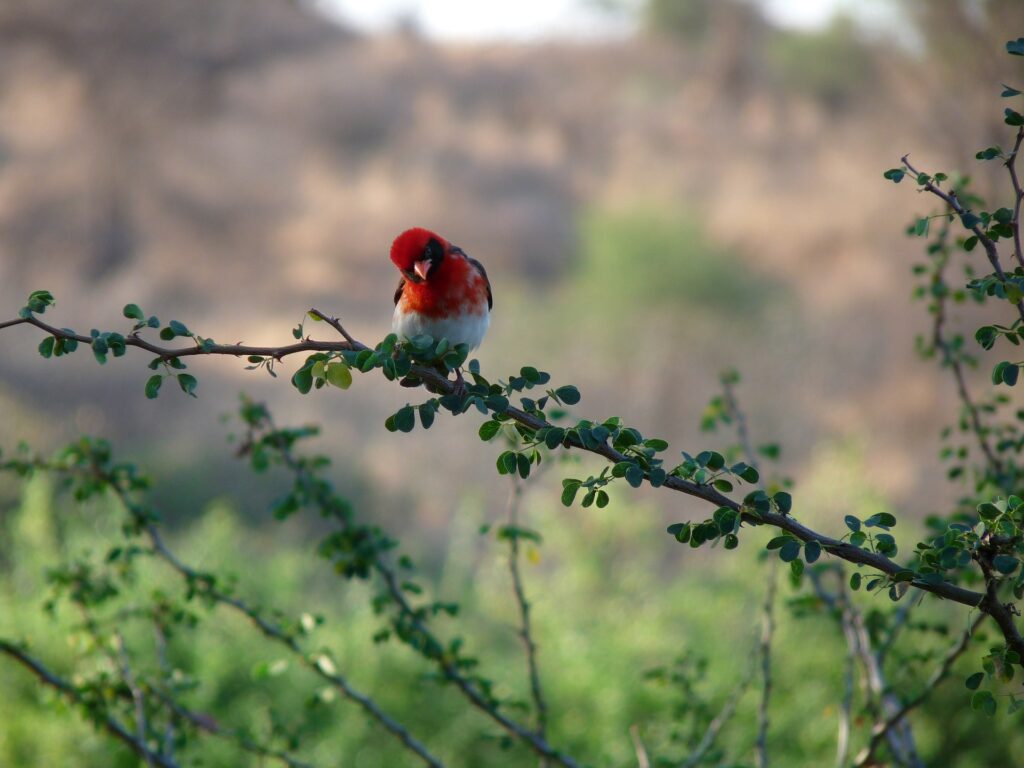
Tanzania’s emblematic bird species
Tanzania is home to a multitude of bird species, some of which are emblematic of the region. Whether you’re a keen birder or a curious amateur, here are some of the bird species not to be missed on your trip to Tanzania:
- Red-billed Toucan (Ramphastos sulfuratus): Recognisable by its colourful and impressive beak, the red-billed toucan is a true gem of nature. It can be seen in the tropical forests of Tanzania, where it feeds on fruit and plays an essential role in the dissemination of seeds.
- Ground Hornbill (Bucorvus leadbeateri): This large bird with black and white plumage is also known as the “helmeted hornbill”. It is distinguished by its impressive curved beak and imposing size. Serengeti National Park is one of the best places to see it in its natural habitat.
- Hildebrandt’s hummingbird (Thaumastura hildebrandti): With its bright green plumage and diminutive size, Hildebrandt’s hummingbird is a real flying jewel. It can be found in the mountainous areas of Tanzania, where it feeds on flower nectar with its long, slender beak.
- Snake eagle (Circaetus gallicus): This large bird of prey, recognisable by its distinctive silhouette and brown plumage, is a formidable predator. It can be seen in the open regions of Tanzania, where it feeds mainly on reptiles and small mammals.
- Greater Flamingo (Phoenicopterus roseus): Tanzania’s salt lakes and marshes are a favourite haunt of the Greater Flamingo. This elegant bird with its bright pink plumage gathers in impressive colonies, creating a breathtaking spectacle.
- Fischer’s Crow (Corvus albicollis): Recognisable by its glossy black plumage and characteristic white accent on the nape of its neck, the Fischer’s raven is an intelligent and adaptable bird. It can be seen foraging in the wooded savannahs of Tanzania.
These species represent just a glimpse of Tanzania’s ornithological wealth. Each national park and ecosystem offers a unique opportunity to observe fascinating birds in their natural habitat. Take the time to immerse yourself in nature, listen to the birdsong and admire the incredible diversity of Tanzania’s colourful feathers.
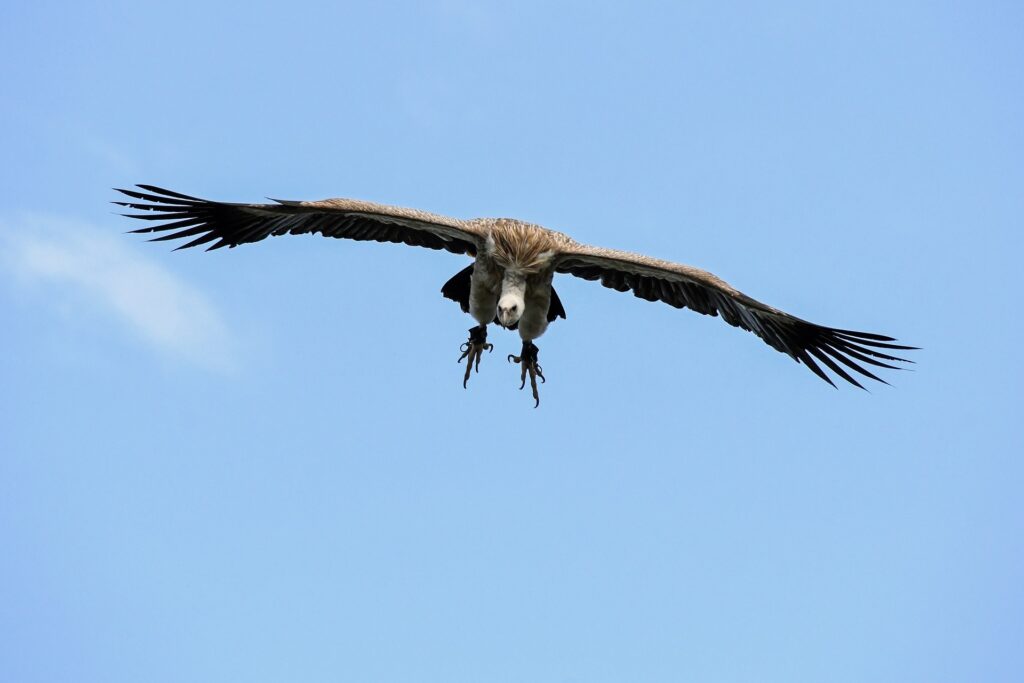
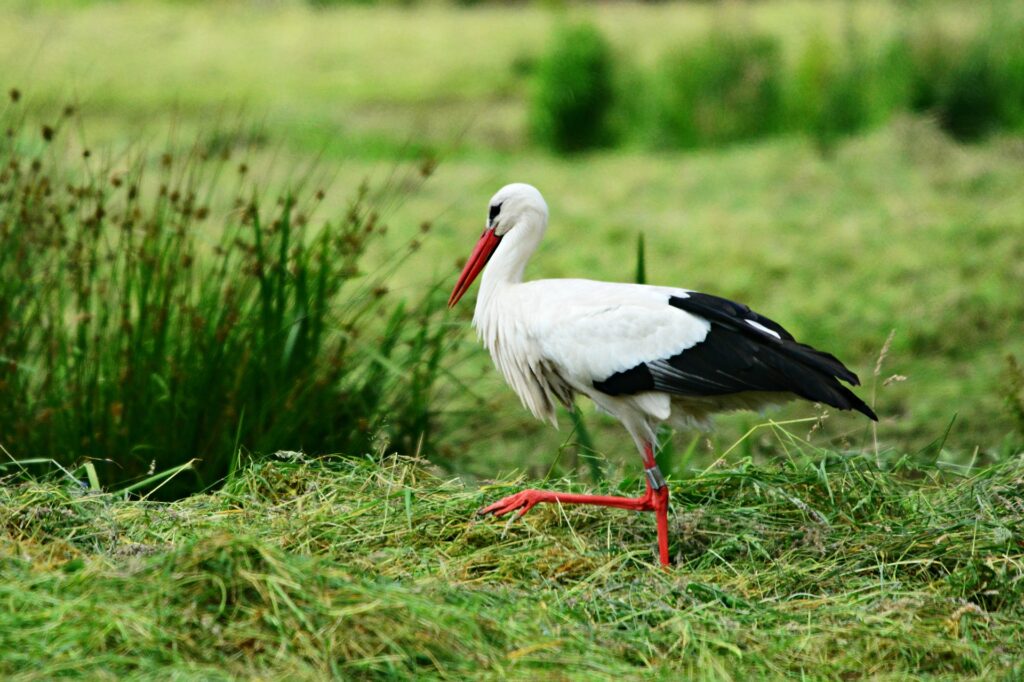
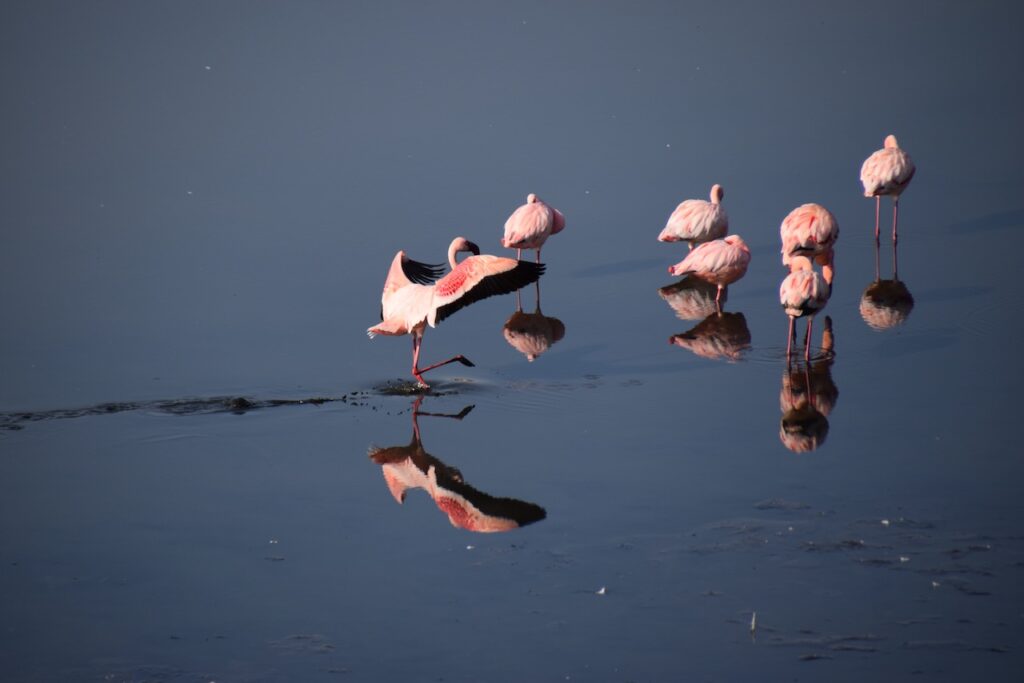
Practical tips for birdwatching in Tanzania
To make the most of your birdwatching experience in Tanzania, here are a few practical tips to follow:
- Equip yourself with good binoculars: A quality pair of binoculars is essential for observing birds up close and appreciating all the details of their plumage. Choose binoculars that are light and easy to handle.
- Bring a bird identification guide: A bird identification guide specific to the Tanzania region will help you recognise and learn more about the species you encounter. You’ll be able to discover the names, characteristics and habits of the birds you observe.
- Choose the best times of day: Birdwatching is generally most active in the early morning and late afternoon. Birds are more active at these times of day, giving you a better chance of seeing and hearing them sing.
- Focus on the dry season: The dry season, which runs from June to October, is considered the best time for birdwatching in Tanzania. The birds are more visible and the natural habitats are less dense with foliage, making it easier to spot them.
- Respect the birds and their environment: When observing birds, be discreet and do not disturb them. Avoid making excessive noise, frightening them or approaching them too closely. Respect their habitat by not leaving litter or disturbing the vegetation.
By following these practical tips, you’ll maximise your chances of encountering a wide variety of birds in Tanzania and experiencing unique moments in the wild. So set off on your adventure with your binoculars and identification guide, and let yourself be amazed by the beauty and diversity of Tanzania’s birds.
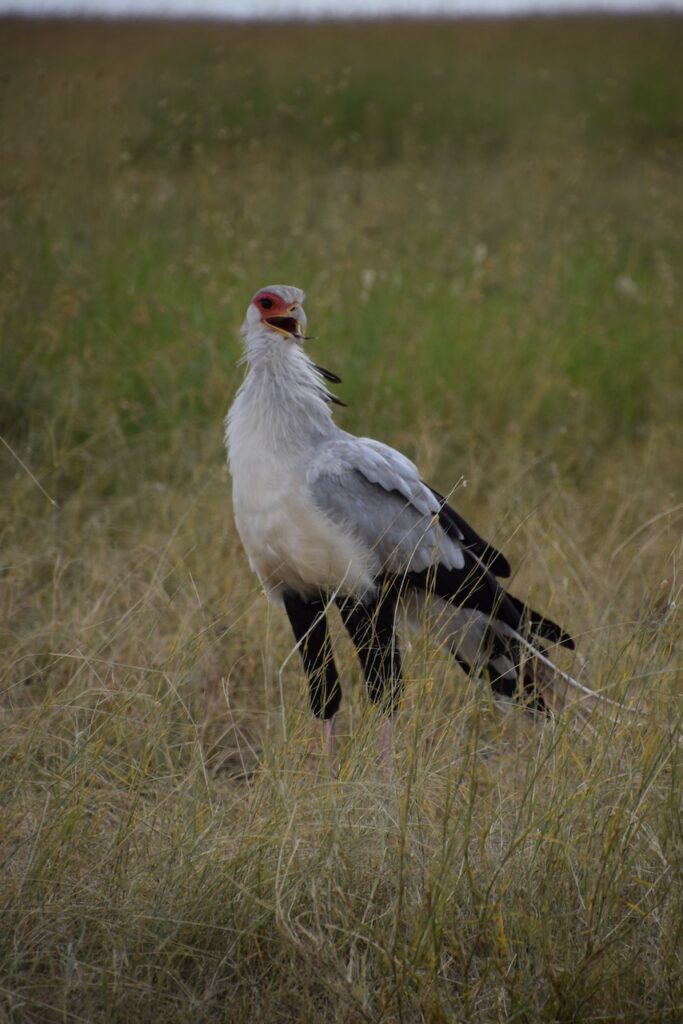
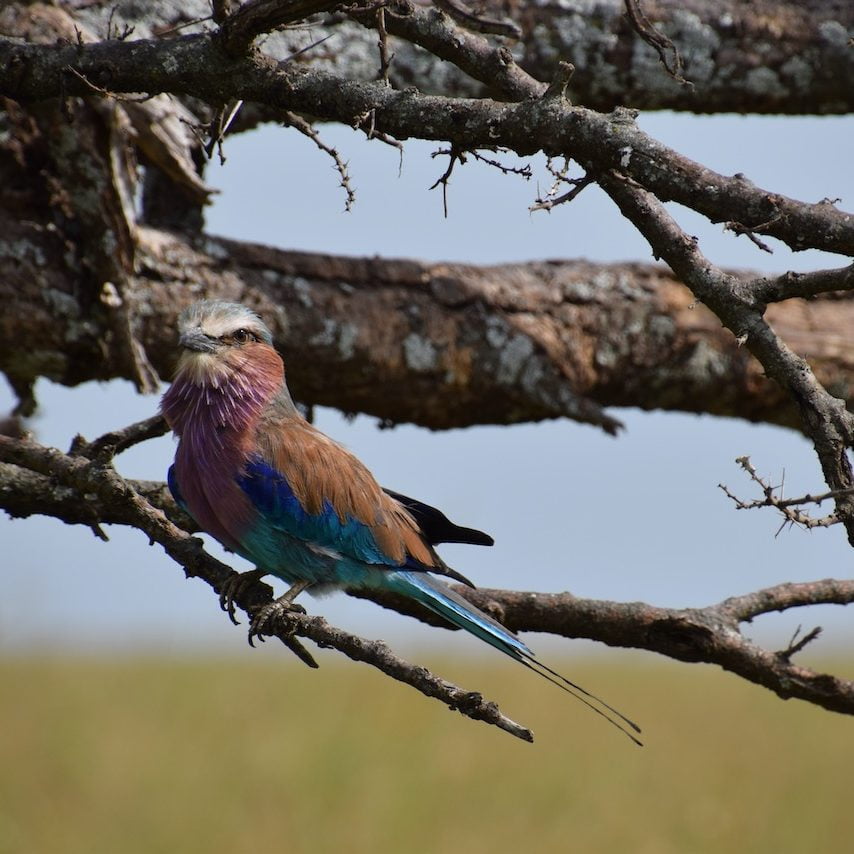
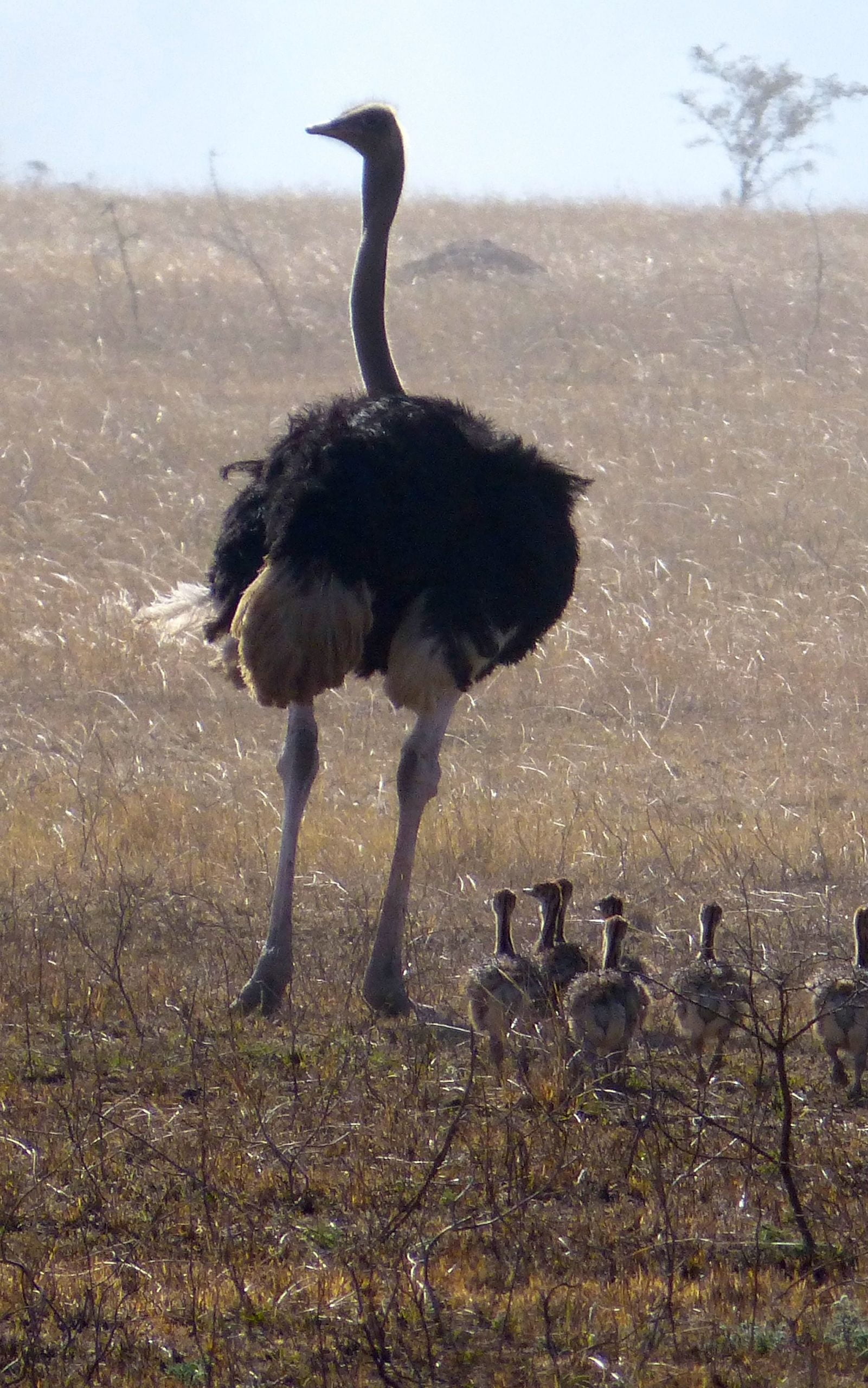
Enrich your trip to Tanzania with ornithology
Birdwatching offers a unique way to enrich your trip to Tanzania beyond traditional safaris and treks. By combining birding with other activities, you can have a truly immersive experience. Here’s how:
- Take part in birding safaris: Many tour operators offer safaris specially designed for bird lovers. These safaris will take you to specific areas where you can observe a variety of species. Experienced guides will help you spot and identify birds while sharing knowledge about their behaviour and habitat.
- Explore the bird trekking trails: Tanzania is full of wonderful trekking trails that will not only allow you to discover the natural beauty of the country, but also to observe a wide variety of birds. For example, you can trek the mountains of Kilimanjaro or Mount Meru in the company of a guide specialising in ornithology.
- Take part in conservation activities: Tanzania also offers opportunities to take part in bird conservation projects. You can get involved in programmes to monitor endangered species, count migratory bird populations or even plant trees to restore essential habitats.
- Photograph birds: If you’re a keen photographer, Tanzania is a great place to capture stunning images of birds. With the variety of species and habitats, you’ll have plenty of opportunities to take unique photos and create lasting memories.
By making birding part of your trip to Tanzania, you can not only discover an incredible variety of birds, but also contribute to their conservation and the preservation of their habitats. It’s a rewarding way to enjoy a personally enriching experience while supporting nature conservation efforts.
Conclusion
Tanzania is a veritable paradise for bird and nature lovers. Its varied habitats and exceptional birdwatching sites make it a must-see destination for those wishing to discover the incredible diversity of bird species. From brightly coloured toucans to majestic flamingos and towering birds of prey, every region of Tanzania offers a fascinating spectacle for birdwatching enthusiasts.
For the best experience, equip yourself with good binoculars, take along a bird identification guide and choose the best times of day to observe these fascinating creatures. Always respect their habitat and take the opportunity to enrich your trip by combining birdwatching with other activities such as birding safaris or trekking in areas of prime biodiversity.
By exploring Tanzania’s birdwatching sites, you will discover the richness of its birdlife while contributing to its conservation. By photographing and learning about the species you encounter, you’ll create lasting memories and develop an awareness of the importance of preserving these exceptional ecosystems.
Whatever your motivation, whether you’re a keen birder or simply curious about the beauty of Tanzania’s birds, prepare yourself for a memorable experience. Tanzania awaits you, offering moments of wonder and discovery in the heart of unspoilt nature.




